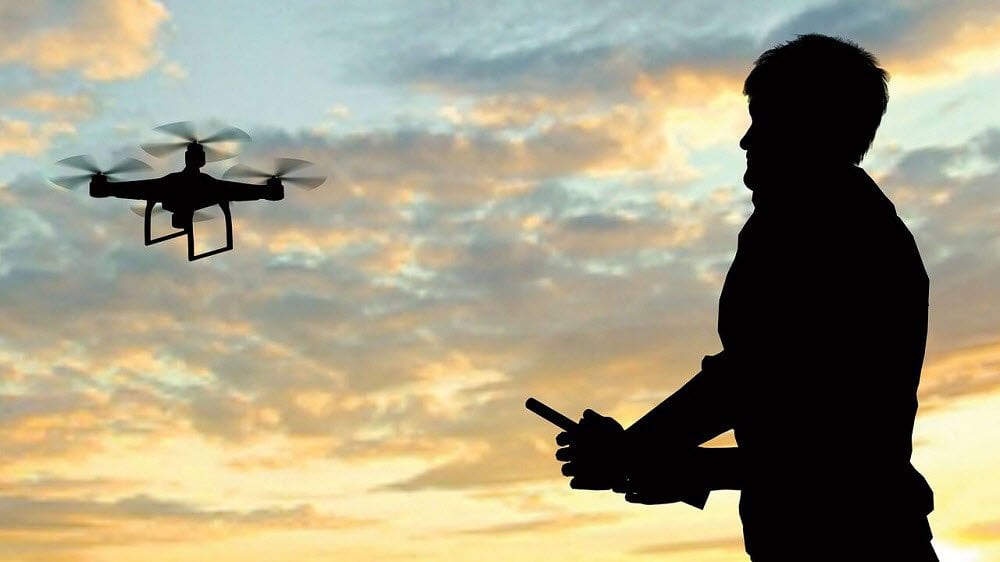
File photo
DJI’s new product can identify and monitor airborne unmanned aircraft systems. The company said its AeroScope uses existing technology and addresses safety, security and privacy concerns.
“As drones have become an everyday tool for professional and personal use, authorities want to be sure they can identify who is flying near sensitive locations or in ways that raise serious concerns,” said Brendan Schulman, DJI’s VP for policy and legal affairs. “DJI AeroScope addresses that need for accountability with technology that is simple, reliable and affordable — and is available for deployment now.”
DJI said AeroScope uses the existing communications link between a drone and its remote controller to broadcast identification. This includes registration or serial number as well as location, altitude, speed and direction. The product can be used by law enforcement agencies, security agencies, aviation authorities and other authorized entities with an AeroScope receiver. It has been installed at two international airports since April, DJI said, and is undergoing more tests and evaluations to measure its performance in other environments.
AeroScope was demonstrated today in Brussels, showing how the receiver can immediately sense a drone as it powers on. The system can then plot its location on a map while displaying a registration number. AeroScope works with all current DJI drone models, which the company said is estimated to comprise more than 66% of the global civilian drone market. Other drone manufacturers can easily configure their existing and future drones to transmit identification information in the same way, DJI said, since AeroScope doesn’t require new on-board equipment, onboard modifications, extra steps or costs to operators.
Most drone flights will not be automatically recorded in government databases with Aeroscope, which was a concern with many drone operators. The product relies on drones directly broadcasting information to local receivers, as opposed to relying on transmitting data to an internet-based service. This protects operators’ privacy interests. This also means that costs of creating databases and connecting drones to a network are nonexistent.
DJI said identification settings will be included in its initial drone software, allowing customers to choose the content of their own drone’s identification broadcasts to match local expectations. This makes those settings adaptable to any identification regulations that could be implemented. The system does not automatically transmit any personally identifiable information, and only would if required by regulations or policies in the user’s jurisdiction.
This identification system was outlined in a DJI whitepaper that was delivered to ICAO in September during the Drone Enable conference in Montreal.